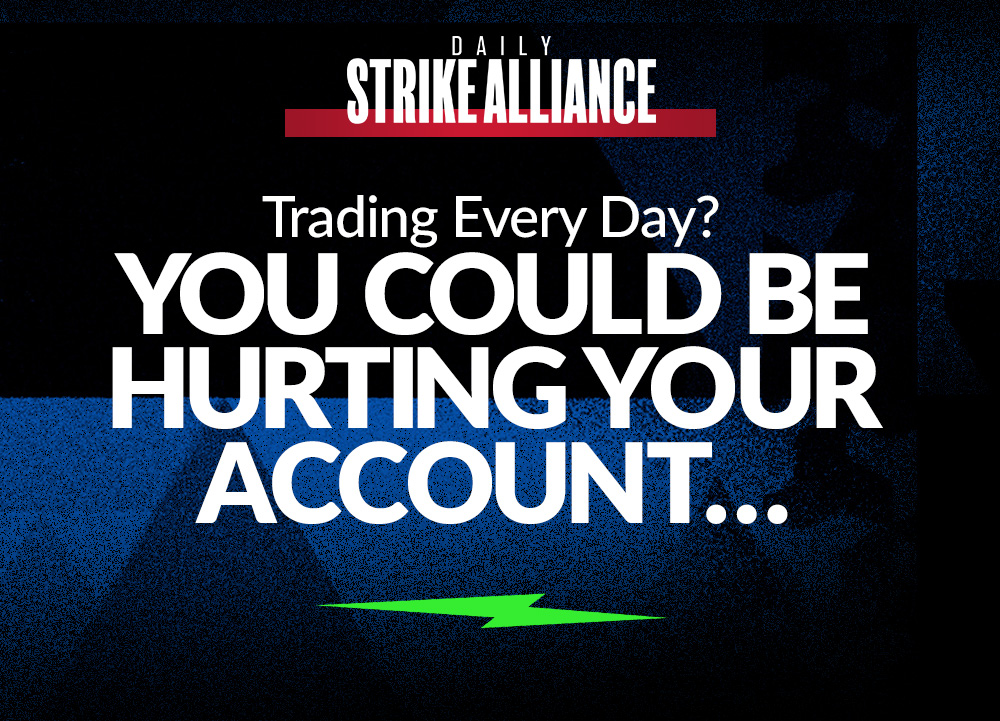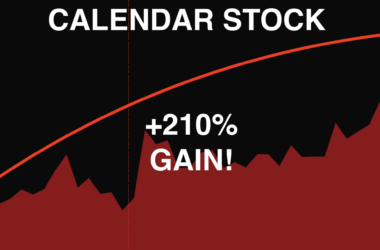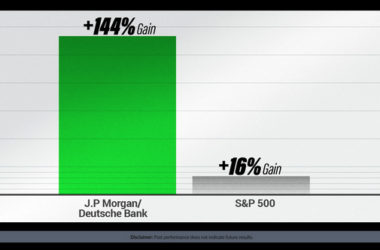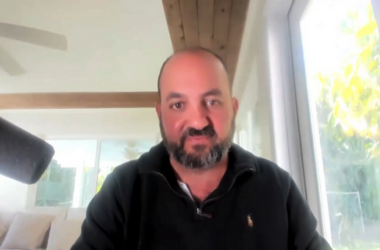Happy Friday, traders…
Ben here.
Some traders think they need to trade every single day, concerned they’ll fall behind if they sit on the sidelines.
But I’m here to bust this myth. There’s nothing wrong with not trading when you aren’t finding any attractive setups.
In fact, making trades every day can lead to big problems such as overtrading, burnout, and risking more than you’re willing to lose.
REMEMBER: Missing out on a win is always better than taking a loss.
Think of yourself as a boxer…
If you’re always throwing punches that miss, you’re wasting precious energy. And you won’t have enough juice left when the ideal opportunity to strike presents itself…
The same goes for traders. A ton of brainpower goes into forming and executing every single play. If your setups keep failing, it can tire you out — or worse, drain your account.
Throughout August, I took on fewer trades than I usually do. Today, I’ll explain why I’ve been trading less, what I’m looking for, and how to productively step away from the market.
Why I’ve Been Trading Less in August
Great traders know themselves. Among other things, they know:
- What stocks and sectors they’ve had success trading…
- What types of options contracts fit into their strategy…
- Which market conditions lead to wins…
- Which market conditions lead to losses…
I’ve been trading since 2002, and in those 20+ years, I’ve learned a lot about what works for me (and what doesn’t).
Right now, I know the market conditions aren’t ideal for me because of the CBOE Volatility Index (INDEXCBOE: VIX)…
My options-trading strategies work best when the VIX is sitting at normal levels (around $12).
When the VIX exceeds $14, I dial my trading back and get more conservative.
When the VIX exceeds $16, I truly raise my trade standards and only put on trades I’m extremely confident in.
Currently, the VIX is trading at $17, which makes options contracts more expensive (and indicates there’s fear in the market).
Some traders live for this kind of volatility, but I trade better when the waters are smoother, so to speak.
That said, I didn’t know this when I first started trading. I took plenty of losses in high-volatility environments before I realized I needed to make a change.
Don’t worry, it won’t take you 20 years to learn these things about yourself. But once you do, it’s crucial to implement these revelations into your trading strategy, just like I have…
The Dangers of Opportunity Cost
Every time you choose to enter a trade, you’re not just committing capital — you’re also committing your attention and mental energy.
When market conditions are less than ideal — like I’m seeing with the higher VIX levels — making suboptimal trades can lead to opportunity costs.
Opportunity cost is what you give up when you choose one thing over another. As an options trader, understanding this can make a huge difference in how you execute (and manage) your trades.
If you’re locked into a mediocre trade with a large % a small account, you might not have the flexibility to jump on a better setup that comes along later.
This is especially important when market conditions are shifting rapidly. By conserving my capital and attention now, I’m positioning myself to capitalize on stronger opportunities in the future.
This approach isn’t just about avoiding losses — it’s about maximizing the potential of my future trades.
Consistent trading is about timing — not just in entering and exiting trades, but also in knowing when to engage and when to hold back.
So, if you’re not trading as much, think of this period as an investment in your future trades.
The VIX will eventually revert to the mean, and when it does, I’ll be ready to strike with full force.
Finally, when you’re not actively trading, you have time to study.
And the three-day weekend coming up is a perfect opportunity to do so.
WARNING: If you aren’t studying hard, there’s another trader out there who is — and that trader’s ready to beat you.
If you’re like me — not finding as many actionable setups right now — take this time to brush up on areas of your trading that might need improvement.
Look at my Spyder Scanner, find ‘smart money’ contracts that could potentially fit your strategy, and then reference the charts for confirmation.
Speaking of that, let’s look at:
💰The Biggest Smart-Money Bets of the Day💰
- $13 million bullish bet on XLF 01/17/2025 $43 calls @ $3.25 avg. (seen on 8/29) [HUGE REPEATER BET!]
- $7.7 million bullish bet on SQ 09/20/2024 $65 calls @ $4.55 avg. (seen on 8/29)
- $2 million bullish bet on SE 01/17/2025 $90 calls @ $4.45 avg. (seen on 8/29)
Have a great long weekend,
Ben Sturgill
P.S. Take a look at the first 4 trade results from my brand-new specialized system for trading earnings season — Operation: Master Calendar:
EQR 8/16/24 $70 calls @ ~ 2.30
20% move from ~$2.30 to $2.75*
FFIV 8/16/24 $185 calls @ ~3.60
456% move from ~$3.60 to $20*
HOLX 8/16/24 $85 calls @ ~0.75
69% move from ~$0.75 to $1.27*
WELL 8/16/24 $115 calls @ ~1.00
116% move from ~$1.00 to $2.16*
If you want access to this system — which can predict earnings moves like these before they happen — Click here now to join Operation: Master Calendar!
*Past performance does not indicate future results




